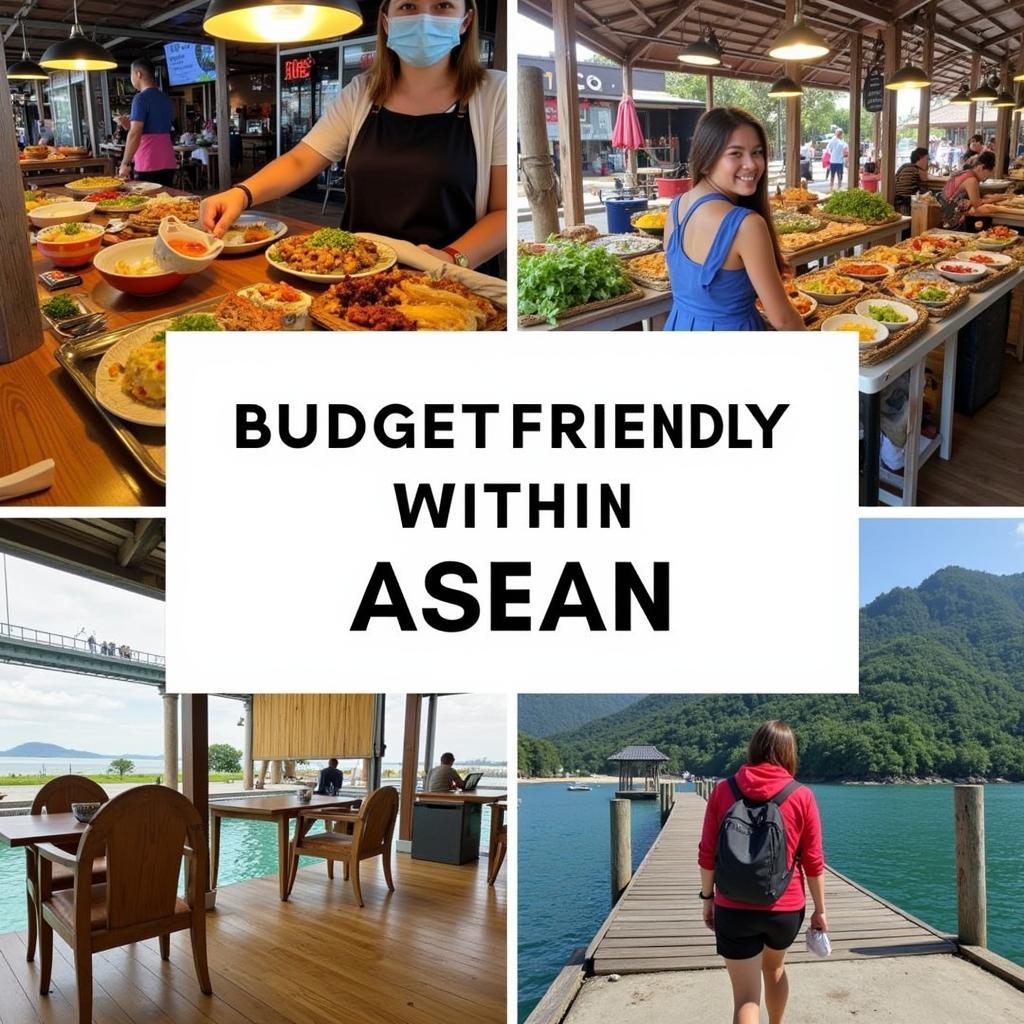Navigating the diverse landscape of Southeast Asian air travel can seem daunting, but the Asean Air Code is here to simplify things. This comprehensive agreement aims to liberalize air travel within the region, making it easier and more affordable for locals and tourists alike to experience the wonders of ASEAN.
What is the ASEAN Air Code?
The ASEAN Air Code, officially known as the Multilateral Agreement on the Full Liberalization of Passenger Air Services in ASEAN, is an agreement among the 10 member states of the Association of Southeast Asian Nations (ASEAN). Enacted in 2009, the code aims to promote greater air connectivity, facilitate tourism and trade, and boost economic growth within the region.
Key Features of the ASEAN Air Code
The ASEAN Air Code operates on several key principles designed to liberalize air travel within the region:
- Open Skies Policy: This allows designated airlines from ASEAN member states to operate an unlimited number of flights between any two points within the region, fostering competition and increasing flight options.
- Third, Fourth, and Fifth Freedom Rights: The code grants airlines the right to fly beyond their home country to a third country, carry passengers from a third country to their home country, and transport passengers between two foreign countries within ASEAN.
- Removal of Capacity Restrictions: Airlines are no longer restricted by the number of passengers they can carry or the frequency of flights, leading to greater flexibility and potentially lower airfares.
Benefits of the ASEAN Air Code
The implementation of the ASEAN Air Code has brought about significant benefits for both travelers and the ASEAN region as a whole:
- Increased Connectivity: With more flight options and routes available, traveling between ASEAN countries has become easier and more convenient. This has led to a surge in tourism and strengthened people-to-people connections.
- Economic Growth: The liberalization of air services has stimulated economic growth in the region by promoting trade, investment, and tourism. The increased flow of goods and people has created new business opportunities and boosted employment.
- Lower Airfares: Increased competition among airlines resulting from the open skies policy has put downward pressure on airfares, making air travel more affordable for everyone.
 Affordable ASEAN Travel
Affordable ASEAN Travel
Challenges and Future Outlook
While the ASEAN Air Code has achieved considerable success, challenges remain:
- Infrastructure Constraints: Some ASEAN countries face challenges in terms of airport capacity and air traffic management, which could hinder the full realization of the code’s potential.
- Non-Tariff Barriers: Regulations related to airline ownership, taxation, and customs can still pose obstacles to seamless air travel within the region.
Despite these challenges, the future of the ASEAN Air Code looks promising. ASEAN member states are actively working to address infrastructure limitations and harmonize regulations further. The goal is to create a truly integrated ASEAN aviation market that benefits everyone.
FAQs about the ASEAN Air Code
1. Does the ASEAN Air Code apply to all airlines operating in Southeast Asia?
No, the code primarily applies to designated airlines from ASEAN member states. However, the increased competition it fosters often benefits travelers even when flying with non-ASEAN carriers.
2. Has the ASEAN Air Code led to lower airfares?
While airfares are influenced by various factors, the open skies policy promoted by the code has generally contributed to more competitive pricing in the region.
3. How does the ASEAN Air Code benefit tourism in Southeast Asia?
The code makes it easier and more affordable for tourists to travel between ASEAN countries, resulting in increased tourist arrivals and revenue for the region.
4. What is being done to address infrastructure challenges related to the ASEAN Air Code?
ASEAN member states are investing in airport expansions, upgrading air traffic management systems, and exploring other infrastructure development initiatives to accommodate the growing demand for air travel.
5. Where can I find more information about the ASEAN Air Code?
You can visit the official website of the ASEAN Secretariat or the websites of individual ASEAN member states’ civil aviation authorities for more detailed information.
 Future of ASEAN Aviation
Future of ASEAN Aviation
Conclusion
The ASEAN Air Code represents a significant step towards regional integration and has transformed air travel in Southeast Asia. By promoting open skies and removing barriers to air services, the code has made travel within the region more accessible, affordable, and enjoyable for millions of people. As ASEAN continues to address existing challenges and work towards further liberalization, the future of air travel in Southeast Asia appears bright. For travelers seeking adventure and cultural immersion, the ASEAN Air Code has unlocked a world of possibilities.
Need help navigating the intricacies of ASEAN travel? Contact us at Phone Number: 0369020373, Email: aseanmediadirectory@gmail.com, or visit us at Thôn Ngọc Liễn, Hiệp Hòa, Bắc Giang, Việt Nam. Our dedicated customer support team is available 24/7 to assist you. For information on ASE certified car repair services, you can explore our article on ASE certified car repair.

